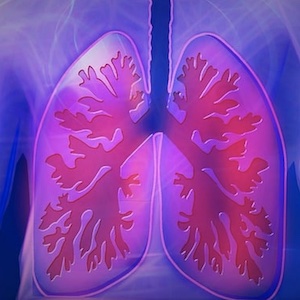Lung ultrasound scan score can identify pulmonary embolism high risk in patients with COVID-19: a retrospective analysis from a single center

HTML: 34
All claims expressed in this article are solely those of the authors and do not necessarily represent those of their affiliated organizations, or those of the publisher, the editors and the reviewers. Any product that may be evaluated in this article or claim that may be made by its manufacturer is not guaranteed or endorsed by the publisher.
Authors
Background. Since the European Society of Cardiology (ESC) published guidelines to stratify the risk of pulmonary embolism (PE), the main goal of several physicians has been to find a biomarker able to identify patients with venous thromboembolism at high risk to die. Increased levels of pro-B-type natriuretic peptide (BNP) were suggested as useful biomarkers in the guidelines of ESC (i.e., 2014) to identify patients with PE at high risk of death, but its role was not confirmed in other guidelines. Lung Ultrasound Scan (LUS) has been suggested as a diagnostic and prognostic test to identify patients with a high risk of mortality for lung failure. The aim of this study is to evaluate the prognostic role of pro- BNP together with the LUS evaluation in patients with COVID-19 and PE in particular regarding mortality for pulmonary embolism and overall death. Patients and Methods. We retrospectively analyzed records from 178 patients with confirmed COVID-19, admitted to our ward (i.e., COVID Medicine Unit at Ospedale del Mare in the town of Napoli) between March 2020 and May 2021. For this study, we analyzed the LUS data of all 178 patients and the available data on the pro-BNP of 120 patients. For all selected patients, mortality for PE and overall deaths were recorded. Results. The Propensity Score Matching was used to minimize and erase confounding factors. Data showed that an association between serum levels of pro-BNP and pulmonary thrombotic events was neither present before nor after matching an association with adverse outcomes and was found for increased values of LUS. Discussion. During the first waves of the pandemic, patients with confirmed COVID-19 with severe lung failure frequently showed pulmonary embolism as a clinical acute complication inducing life-threatening evolution. Conclusions. An association between LUS score and severe PE and/or overall mortality in hospitalized patients with COVID-19 was found while a similar association was not confirmed for pro-BNP.
How to Cite

This work is licensed under a Creative Commons Attribution-NonCommercial 4.0 International License.
PAGEPress has chosen to apply the Creative Commons Attribution NonCommercial 4.0 International License (CC BY-NC 4.0) to all manuscripts to be published.

 https://doi.org/10.4081/itjm.2023.1617
https://doi.org/10.4081/itjm.2023.1617




